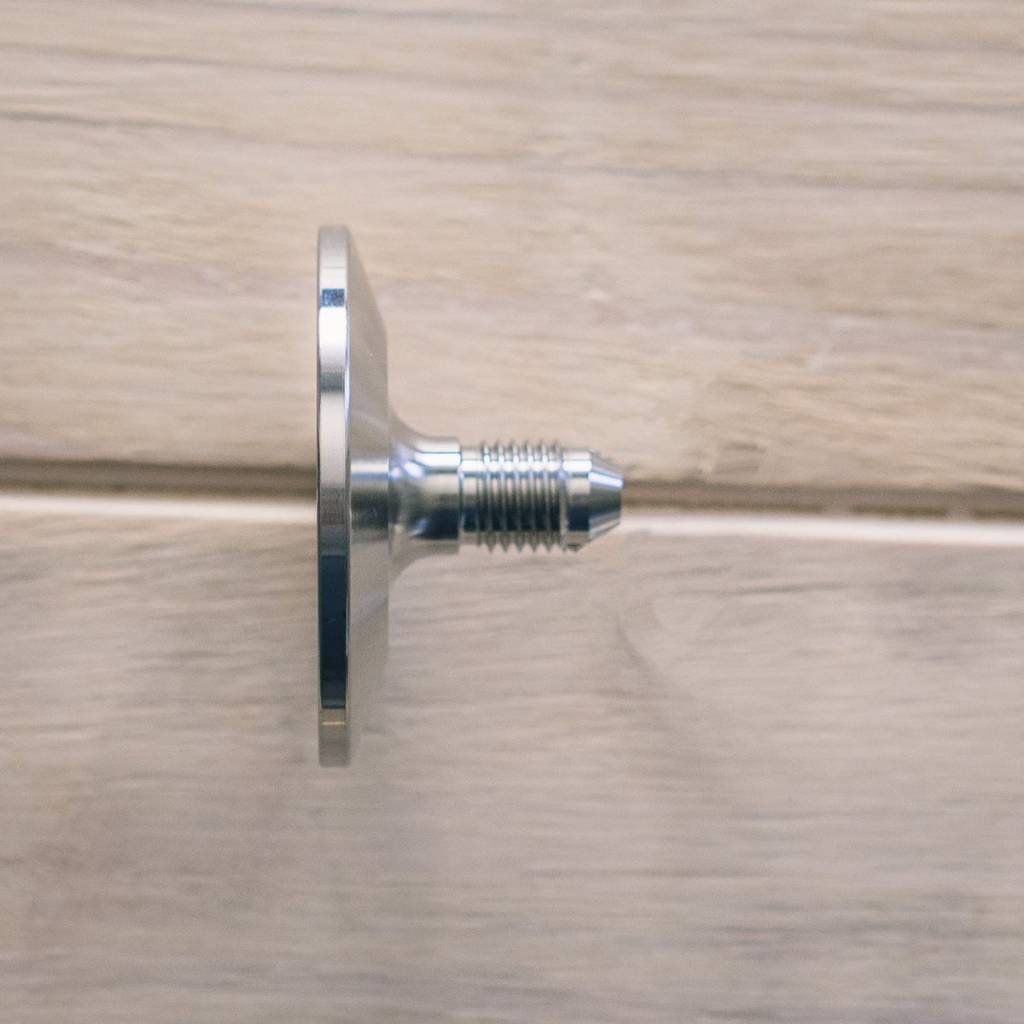In a commercial Brite tank they have a way to apply head pressure directly to the top through the clean in place valve.
For the SSBrewtech Brites we don't, and the only way is to have the CO2 go straight to the head by turning up the pressure this unfortunately scrubs aroma and volitile hop oils from the beer. Something that the blast carbonating does, as well as foaming the beer etc, thus the need for flow control.
I'm actually looking at maybe adding a ball lock gas post to my lids so I can put pressure straight to the head, before then carbing through the stone. It's 8mm thick steel so seeing how feasible it is and how much it costs before I go ahead.
Anyway, the way to best avoid losing all the aromas and flavours from the late additions and dry hopping is to just do the slow reduced flow from the bottom, which will eventually fill the headspace and reach equilibrium when the ball in the flowmeter drops. It's not as quick as the filling the head pressure method, but better for the beer.
It's got to be better than a day at 30 psi whichever way you do it. The important thing is flow control, the slower the better. Finer bubbles, means finer head, and lacing.
I'm still getting my head around it all myself. I serve from my Brites, which are in a humid ambient environment, using glycol (another steep learning curve there) which has just lead to more challenges. I've done a lot of reading/ research, and I have sussed it out now, so more than happy to pass on my knowledge. Don't be afraid to ask me anything, no matter how trivial you may think it is, odds are it's happened to me or I've read about it.
I hope we can get your system where you want it to be.






















































![Craft A Brew - Safale BE-256 Yeast - Fermentis - Belgian Ale Dry Yeast - For Belgian & Strong Ales - Ingredients for Home Brewing - Beer Making Supplies - [3 Pack]](https://m.media-amazon.com/images/I/51bcKEwQmWL._SL500_.jpg)




